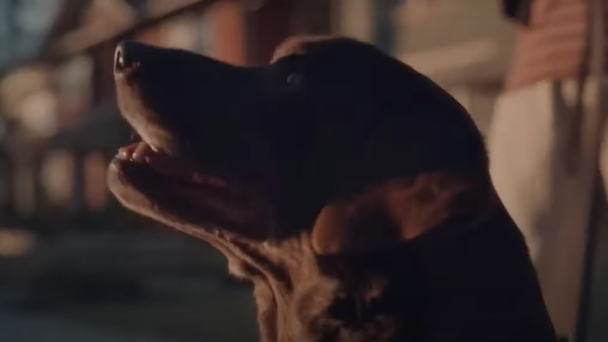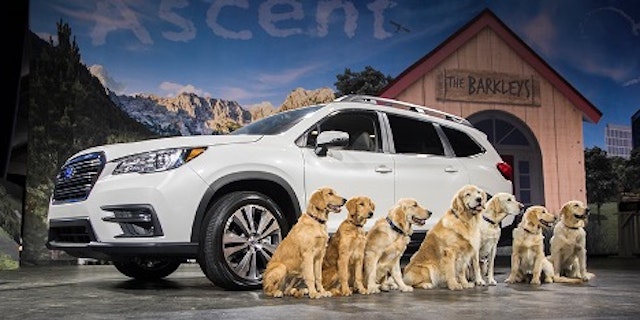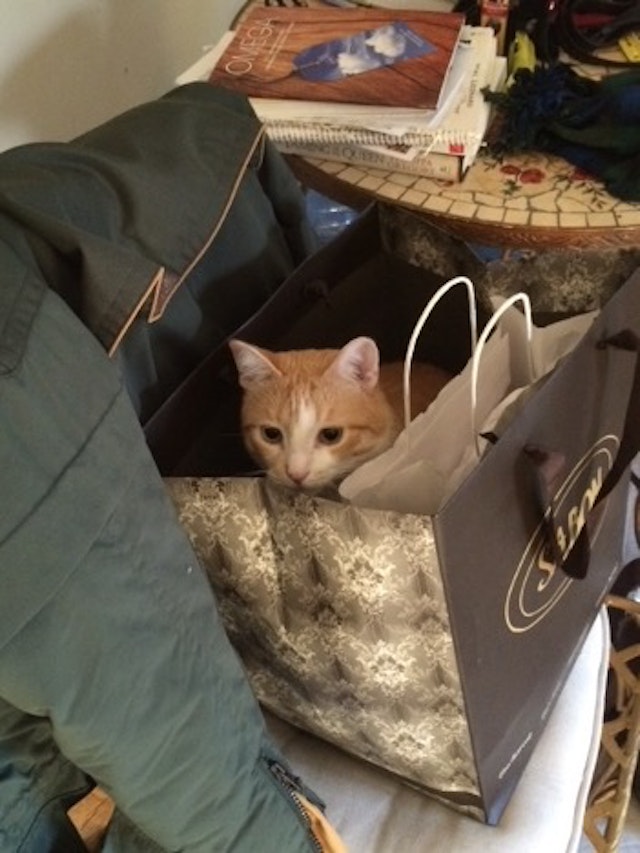The science behind The Farmer’s Dog’s Super Bowl win (and why cats tend to lose)
Consumers’ overwhelmingly positive response to The Farmer’s Dog’s Super Bowl LVII ad can be explained through some simple science, writes Salesforce’s Martin Kihn.

While some people say the Super Bowl was a close game, it really wasn’t. Dogs totally dominated cats in the USA Today AdMeter poll.
The Farmer’s Dog came in first with a time-travel tail – uh, tale – that showed just how good dogs are at nuzzling our emotions. Amazon’s bad-dog-turned-angel saga took third.
And where were all the spokescats? Not feline the love. One provided a whisker of comic relief in a Google Pixel ad, where a sour puss pointedly removes a dog from a photo with AI. Probably out of jealously.
It turns out, there’s a good reason for the double-standard. Cats and dogs evoke different emotions in people and can be used to inspire specific actions in marketing.
-
Dog actors actually inspire us to make connections, take risks and share our personal space
-
Cat actors put us in mind to purr-chase more insurance, protect our homes and families and prep for doomsday
So says a first-of-its-kind study published in the Journal of Marketing that tries to quantify the impact of cat and dog talent on consumer behavior.
Dogs say Yolo, cats say Yowl
Half of US households have a dog and one-third have a cat – a number that continues to grow. One-in-five households even found a new furry friend to rescue them during lockdown.
And we are big spenders, not just on our pets. Pet owners tend to be more affluent, healthier, more confident and even better-looking (meow).
Pets appear often in entertainment, from Puss in Boots to every perfect-family-with-an-SUV TV spot, especially if it’s in the snow (cue adorable baby Bernese mountain dog). But the impact of our four-footed friends on our attitudes and behaviors hasn’t really been clawed over until recently.
Advertisement
The current study – a collaboration among universities in the US and Hong Kong – wasn’t yet another meme about cat-people vs dog-people. It showed that dogs and cats actually evoke a chain of emotions in most consumers that is both different and predictable. They prime the message pump.
For decades now, many researchers have adopted an idea called regulatory focus theory, which claims there are two basic consumer mindsets:
-
Promotion: gains, success, Yolo, being all that we can be
-
Prevention: safety, preserving what we have, personal security, avoiding risks
Now we consumers aren’t all one or the other – except in the case of some fussy outliers – but have a mindset that can be shifted by social cues and marketing messages… which brings us to pets.
”This stream of research suggests that a promotion-oriented eagerness system better captures dogs’ temperaments and behavioral characteristics, whereas a prevention-focused cautious system better describes cats’ temperaments and behavioral characteristics,” the lead researchers write.
In fact, advertisers already intuited the study’s findings before it appeared. (And they exhibit a subtle anti-cat bias, which cats will remember when they take over the world).
Advertisement
Cats are often used in dark and dyspeptic scenarios:
-
Wells Fargo demonstrating ‘suspicious activity’ on cards, pushing alerts
-
Sainsbury’s Mog the Cat, disappointed by an empty dinner bowl at Christmas, warned us to shop early
-
That alarming Allstate ad where Mayhem cat-thropomorphizes from human to feline, while his home decomposes around him
Meanwhile, of course, dogs tag along with kids in the sunshine and spread nothing but golden light and joy:
-
Wells Fargo, this time with Regina King and a golden retriever promoting a cash-back rewards card
-
A Subaru Ascent ad that featured no fewer than seven adorable goldens outside a condo sign-posted ‘The Barkeleys’ and… I rest my case.

Cats, fight plaque!
The researchers got their human test subjects primed with dog (or cat) questions and images, putting them into the promotion (or prevention) mind space. Then they asked them if they would buy toothpaste that would “freshen breath” (or “fight plaque”).
Not surprisingly, the dog-primed promotion-focused pack preferred the fresh-breath feature. The cat-primed prevention-focused pride wanted to take a swipe at that plaque.
Other scenarios found that the dog-primed pack was significantly more likely to:
-
Participate in a lottery
-
Buy stocks (versus funds)
-
Buy vitamins that made wellness (versus prevention) claims
On the other paw, the cat-primed group was more likely to:
-
Stay away from high-flying but risky stocks
-
Put a higher value on preventative health services
-
Spend more for products with prevention claims
The experiments controlled for factors like personal pet ownership, preferences and even mood. So again, it’s not just more cat-people-are-shy propaganda. Rather, it’s evidence that there is some stereotypical behavior in animals that triggers semi-unconscious associations in people. These associations in turn nudge consumers into a particular general mindset, which can bolster certain messages.
Advertisement
So now we have some guidelines for our feline- and canine-themed campaigns. That’s something to howl (or meow) about.
Martin Kihn is senior vice-president of strategy, Marketing Cloud at Salesforce. Jerry (pictured below) is his cat and co-author.
